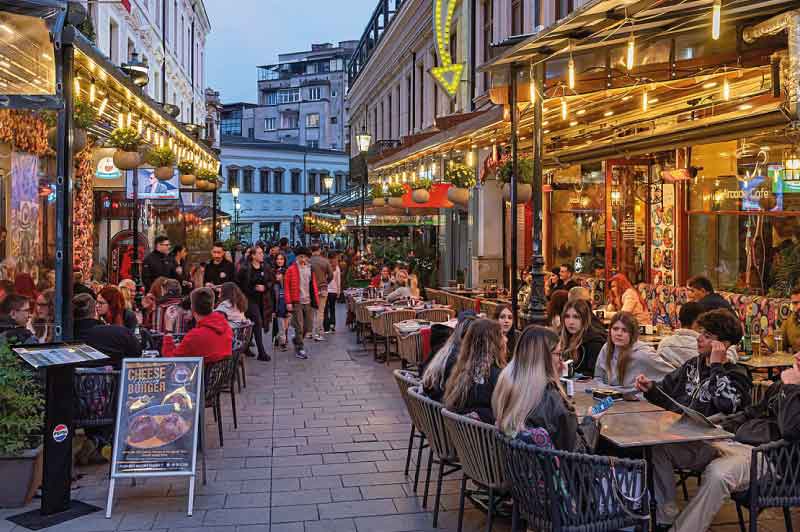
The Old City Center of Bucharest, known locally as Centrul Vechi or Lipscani, is the historical heart of Romania’s capital and one of its most vibrant cultural and nightlife hubs. Here’s a complete overview:
The Old City Center of Bucharest: A Living Time Capsule
The Old City Center of Bucharest—known as Centrul Vechi or the Lipscani District—is the soul of Romania’s capital. It’s a vibrant maze of cobblestone streets, historical buildings, and lively terraces, where centuries of stories unfold on every corner. Here, medieval ruins stand beside hip cocktail bars, and Byzantine churches cast their shadows over buzzing outdoor cafés.
A Crossroads of Cultures
Located in the heart of Bucharest, the Old Town has been the commercial, political, and cultural core of the city since the 15th century. Originally home to merchants from across the Balkans and Western Europe, it was a melting pot of influences—from Ottoman caravanserais to Austro-Hungarian façades, and later, French-inspired neo-classical elegance.
The area takes its name from Lipscani Street, once a bustling trade route filled with merchants from Leipzig (Lipsca in Romanian). Over time, Lipscani became the symbol of a larger district that included guild halls, inns, printing presses, and noble residences.
From Decline to Renaissance
The fall of communism in 1989 left many buildings in disrepair, and the area was nearly forgotten for decades. But starting in the early 2000s, the Old Town underwent a dramatic transformation. What was once a crumbling relic became a hub for:
-
Tourism
-
Nightlife and dining
-
Cultural events
-
Independent shops and galleries
Today, it stands as a symbol of urban revival, preserving Bucharest’s layered identity while embracing modern vibrancy.
Architectural Tapestry
Walking through the Old Town is like leafing through an architectural scrapbook:
-
Brâncovenesc-style churches with intricate stonework
-
Neoclassical mansions with wrought-iron balconies
-
Communist-era overlays and postmodern renovations
-
Ottoman-inspired inns like Hanul lui Manuc, echoing the city’s once fluid borders
These styles coexist, telling a story not just of Romania, but of all the empires, wars, and people that passed through.
Why It’s Unmissable
The Old City Center isn’t just a place to visit—it’s an experience. It’s where you:
-
Stumble upon a tiny antique bookstore between two nightclubs
-
Sip espresso in a reconstructed 19th-century bank
-
Watch tango dancers perform near the ruins of Vlad the Impaler’s court
-
Find an Orthodox priest lighting incense just steps away from a techno club
Few places in Europe offer such a juxtaposition of old-world charm and modern energy in such close proximity.
Whether you’re a history buff, a foodie, an architecture lover, or a curious traveler, Bucharest’s Old Town is an immersive experience. It doesn’t just show you the past—it lets you walk through it, dine in it, and dance your way into the present.
As you explore, remember: this is more than a tourist district. It’s the living, beating heart of Bucharest—resilient, romantic, and always a little bit surprising.
Stavropoleos Monastery: A Jewel of Bucharest’s Spiritual Heritage
Tucked away on a quiet side street in the heart of the bustling Old Town, the Stavropoleos Monastery (Mănăstirea Stavropoleos) is one of Bucharest’s most exquisite and peaceful landmarks. Often missed by rushed tourists, this tiny Orthodox monastery rewards those who linger with its unique blend of spiritual calm, architectural beauty, and cultural depth.
History
Founded in 1724 by Ioanichie Stratonikeas, a Greek monk from Epirus, the monastery was originally part of an inn complex—common for monastic settlements in the region during the Ottoman era. The inn no longer exists, but the church and parts of the original complex survive.
The name Stavropoleos comes from the Greek Stauropolis, meaning “City of the Cross.”
Over the centuries, the building has withstood fires, earthquakes, and urban development. Its survival is a testament to Bucharest’s religious resilience and the enduring importance of its Orthodox roots.
Architecture
Stavropoleos is a fine example of Brâncovenesc architecture, a Romanian style blending:
-
Byzantine and Ottoman elements
-
Italian Renaissance details
-
Baroque touches
Key architectural features include:
-
A richly carved stone façade with floral and geometric motifs
-
Delicate columns and arches framing the entrance portico
-
Intricately painted frescoes and icons
-
A small but beautifully frescoed dome
Despite its small size, the monastery feels monumental due to the careful detailing and harmony of its proportions.
Interior & Museum
Inside the church, you’ll find:
-
A wooden iconostasis (altar screen) hand-carved with traditional Orthodox motifs
-
Soft, natural light filtering through stained glass windows
-
Antique icons, frescoes, and sacred books
The adjoining monastic library and museum (open to visitors) houses:
-
Rare liturgical texts
-
Orthodox religious art
-
Fragments of old frescoes and architectural relics rescued from demolished churches in Bucharest
The Courtyard
One of the most serene places in the Old Town, the inner courtyard is dotted with:
-
Stone crosses and funerary monuments
-
Ornamental trees and flower beds
-
Benches for quiet contemplation
It’s a favorite retreat for locals and travelers alike—especially on summer afternoons when the city noise fades behind the thick walls.
Music & Monastic Life
Stavropoleos is known for preserving and reviving Byzantine chant. The small community of nuns maintains a spiritual and musical tradition that’s centuries old. Occasionally, they perform sacred music concerts in the monastery or nearby venues.
Visiting Information
-
Location: Strada Stavropoleos 4, Bucharest
-
Entry: Free (donations welcomed)
-
Opening Hours: Typically 9:00 AM – 6:00 PM (closed during services)
-
Dress Code: Modest attire recommended (no bare shoulders or shorts)
-
Photography: Allowed in the courtyard and museum, but not during services
Travel Tip
Visit in the early morning for a quiet moment before the city wakes up, or come in the late afternoon for beautiful light streaming through the courtyard. It’s a favorite spot for photographers, spiritual seekers, and anyone needing a moment of stillness.
Why You Shouldn’t Miss It
In a city defined by contrasts, Stavropoleos Monastery is a sanctuary of balance—between art and faith, silence and song, fragility and endurance. Whether you’re religious or not, this peaceful little corner of Bucharest offers a deeply moving experience.
Manuc’s Inn: A Living Relic of Ottoman-Era Bucharest
Right in the heart of Bucharest’s Old Town stands one of the city’s oldest and most charismatic landmarks: Hanul lui Manuc (Manuc’s Inn). With its wooden balconies, arched passageways, and leafy courtyard, it transports visitors back to a time when Bucharest was a bustling crossroads between East and West.
Whether you’re drawn by its history, architecture, or hearty Romanian cuisine, Manuc’s Inn is a must-visit destination for anyone exploring the city’s past.
A Brief History
Founded in 1808 by Manuc Bei (Emanuel Mârzaian)—a wealthy Armenian merchant, diplomat, and innkeeper from the Ottoman Empire—Manuc’s Inn was conceived as a grand caravanserai: a place where travelers could rest, trade, and socialize.
At its peak, the inn hosted:
-
Merchants from across the Balkans and Middle East
-
Romanian boyars (nobles)
-
Political emissaries and Ottoman officials
In 1812, the inn hosted negotiations for the Treaty of Bucharest, which ended the Russo-Turkish War. For a brief moment, this humble inn was the center of Eastern European diplomacy.
Architecture & Atmosphere
Manuc’s Inn is one of the last surviving examples of Ottoman-style inns in all of Europe. Its architectural charm lies in its:
-
Two-story wooden galleries wrapping around an open courtyard
-
Carved wooden balconies and arches
-
Stone staircases, heavy wooden doors, and cobbled flooring
-
Enclosed courtyard filled with trees, flowers, and restaurant tables
Despite its central location, the inner courtyard feels surprisingly tranquil, especially in the early hours or late evening.
Eat, Drink, Stay
Today, Manuc’s Inn functions as:
-
A traditional Romanian restaurant and wine cellar
-
A boutique hotel
-
A venue for folk shows, weddings, and cultural events
Restaurant Highlights
-
Sarmale (stuffed cabbage rolls)
-
Ciorbă de burtă (tripe soup)
-
Tochitură moldovenească (Moldavian pork stew)
-
House-made țuică (plum brandy) and Romanian wines
Dine inside the rustic, wood-beamed hall or out in the shaded courtyard with live music on summer evenings.
Accommodation
For those looking to stay overnight, the inn’s upper floors have been transformed into a charming boutique hotel. The rooms maintain a vintage character while offering modern comforts—ideal for travelers who want to soak in the Old Town’s atmosphere day and night.
Location & Visiting Info
-
Address: Strada Franceză 62–64, Bucharest
-
Opening Hours: Daily (typically 9:00 AM – 11:00 PM for the restaurant)
-
Entry: Free to explore the courtyard; dining and hotel are paid
-
Closest Metro: Piața Unirii (5-minute walk)
Photo Tips
-
The second-floor balconies provide the best angles for photos of the courtyard.
-
Early morning or dusk offers soft, golden lighting.
-
Ideal spot for capturing the fusion of Ottoman elegance and Romanian tradition.
Why Visit Manuc’s Inn?
Manuc’s Inn isn’t just a place to eat—it’s a time capsule of 19th-century Bucharest, a cultural landmark that continues to tell stories through its walls, meals, and melodies. Whether you’re in town for a few hours or a few days, stop in for a glass of wine, a slice of history, and a view unlike any other in the city.
As you can see, if you’re thinking about planning a Bucharest family trip, you don’t need to worry. There are plenty of things to do in Bucharest, if you decide to visit the city just on a weekend getaway, or if you intend to go on an extended Bucharest tour. Of course, you can also opt for other types of activities such, as guided walking tours or fun one-day trips from Bucharest.


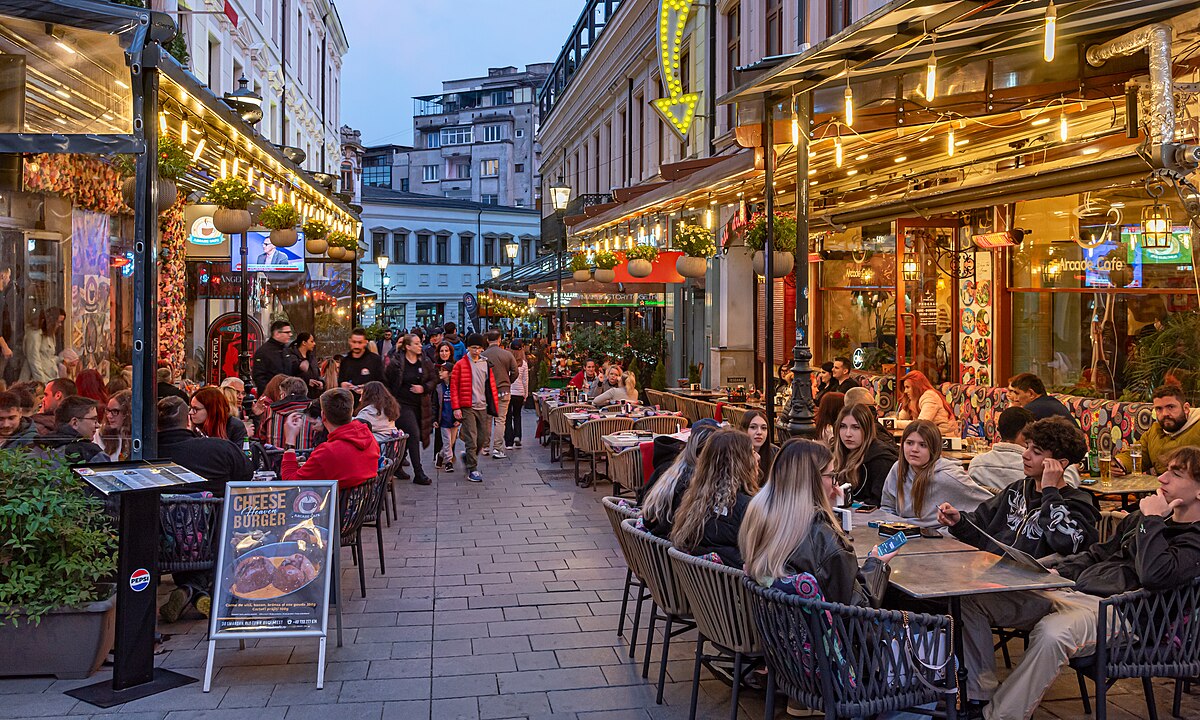
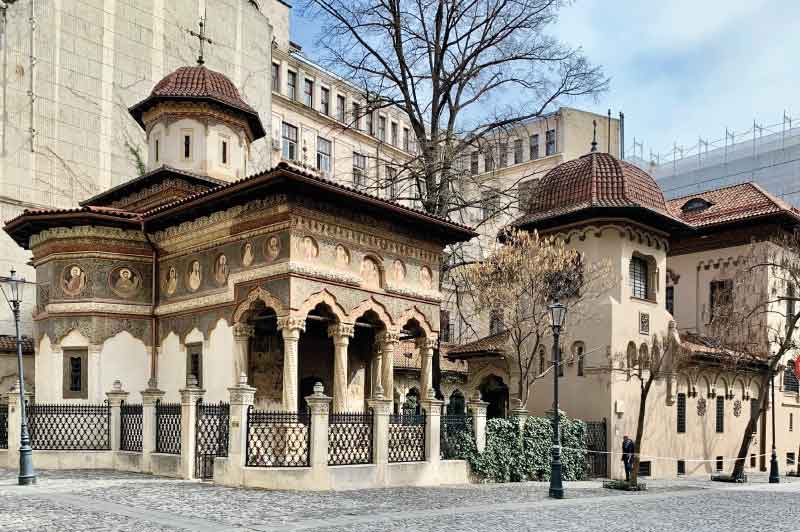
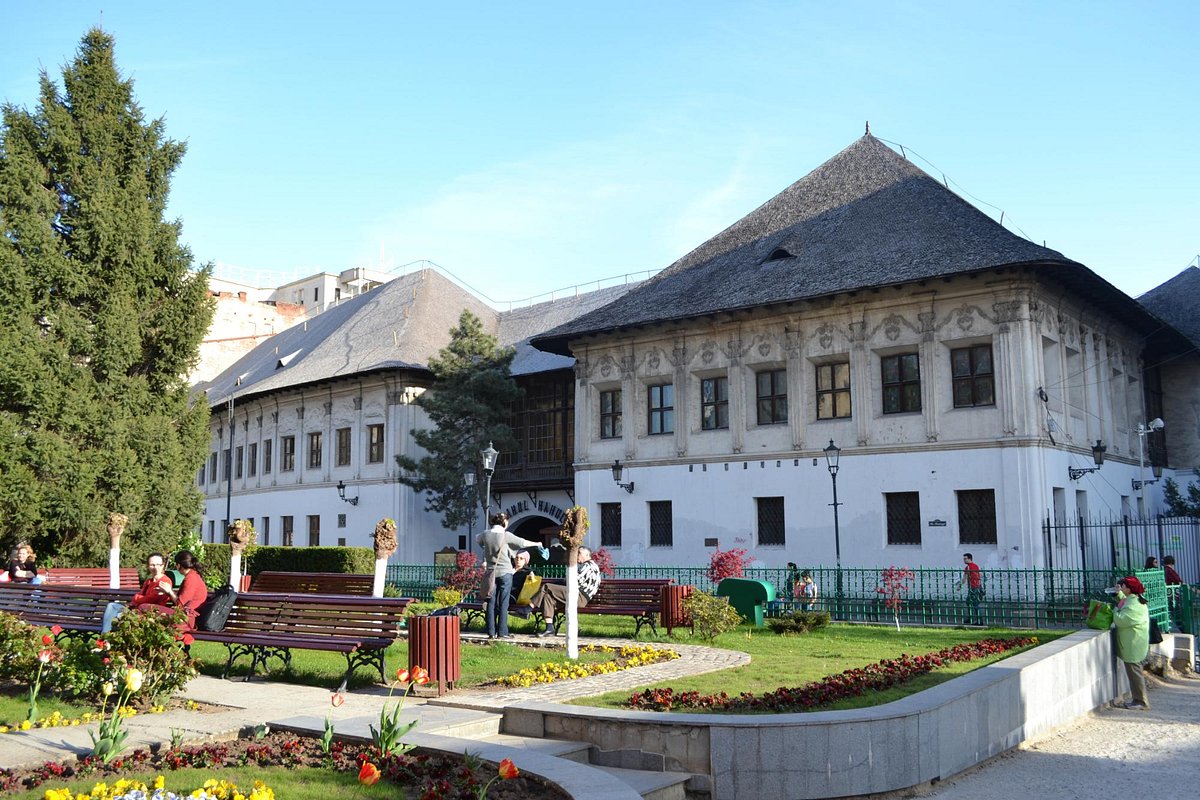

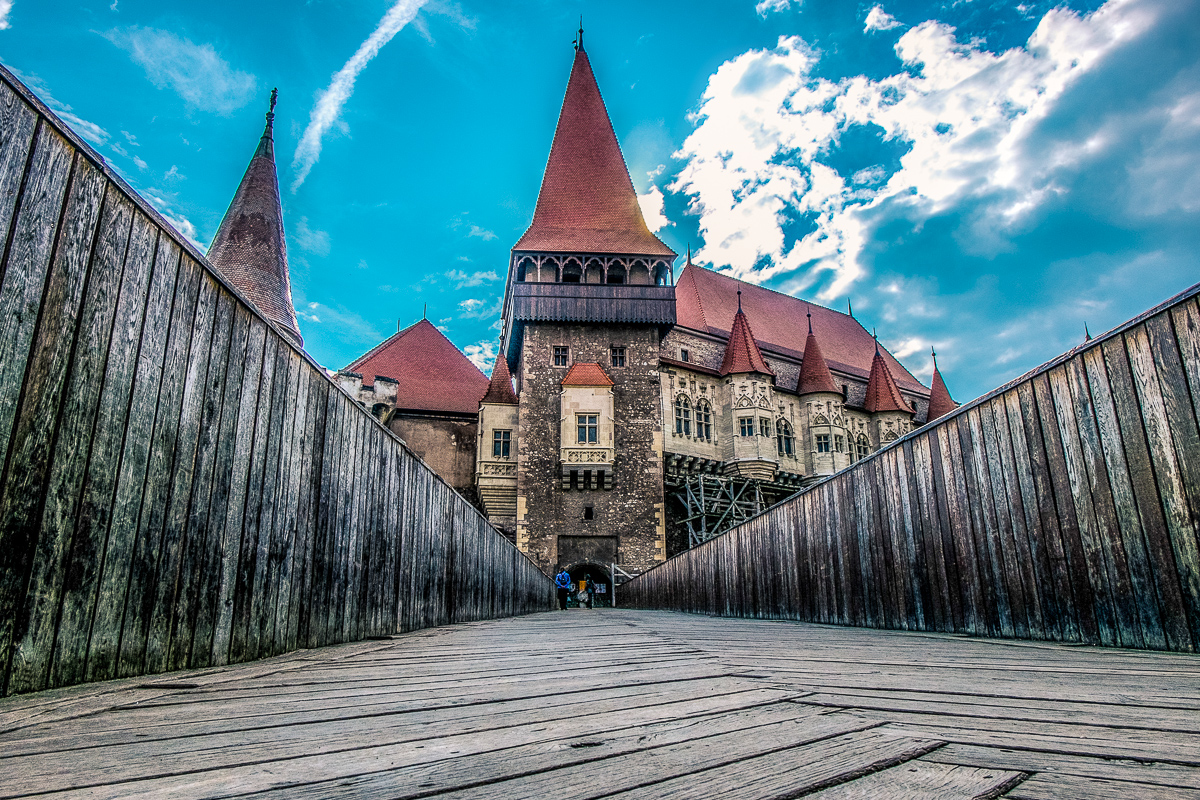
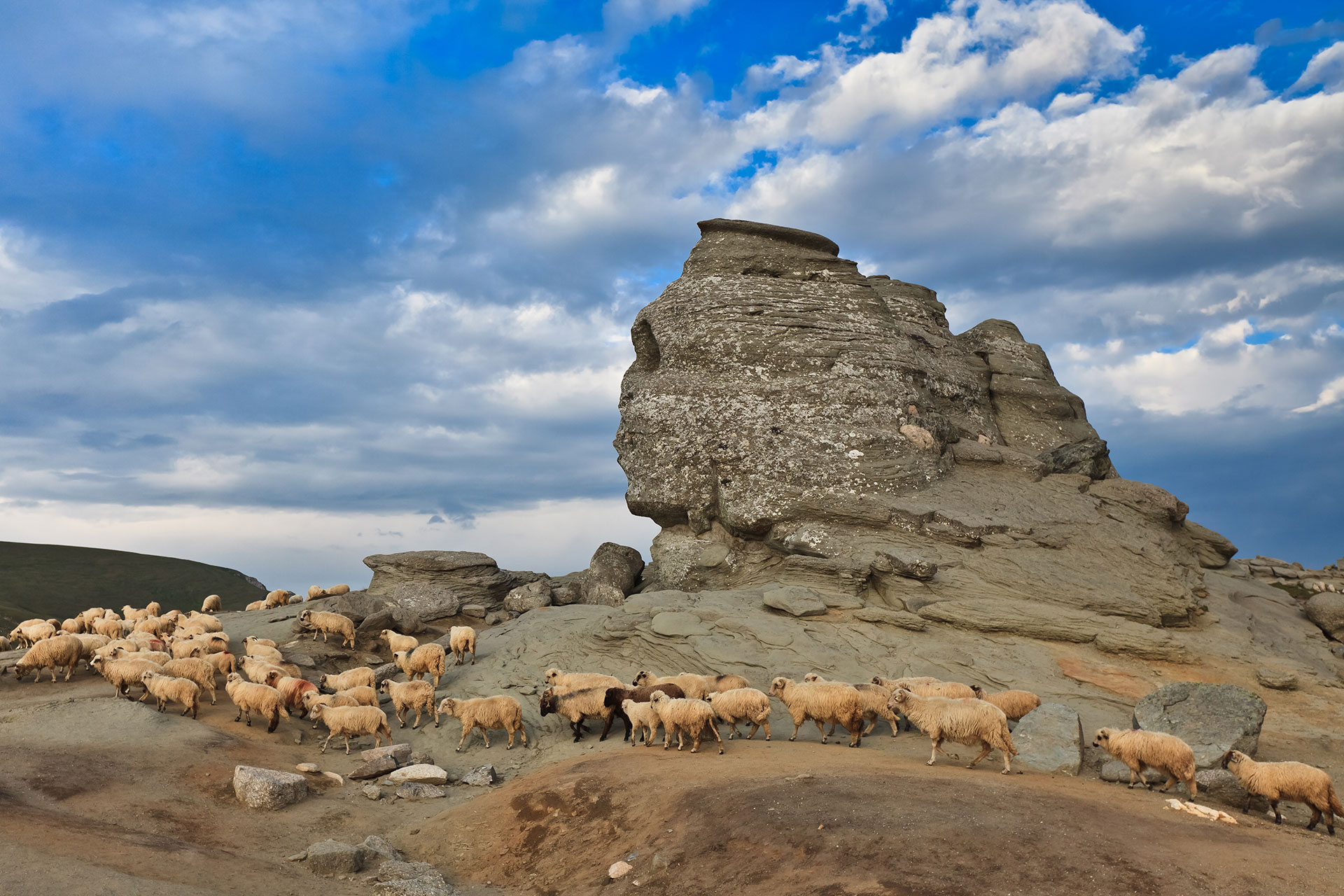
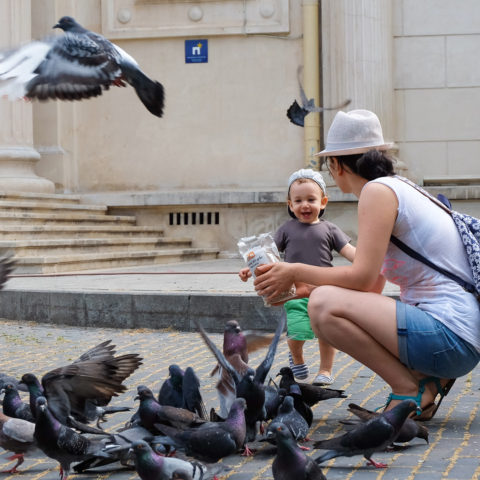
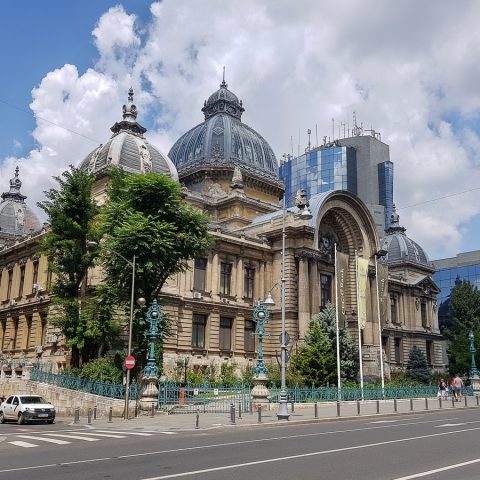
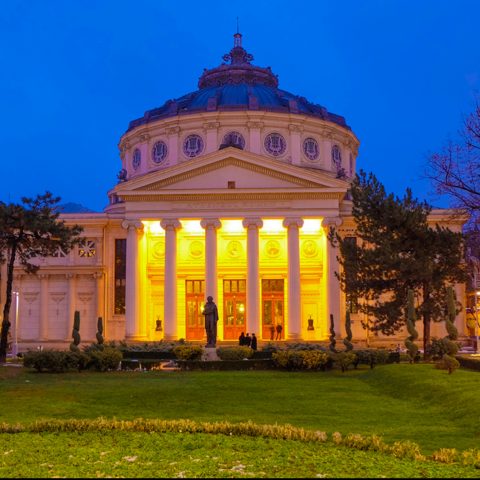





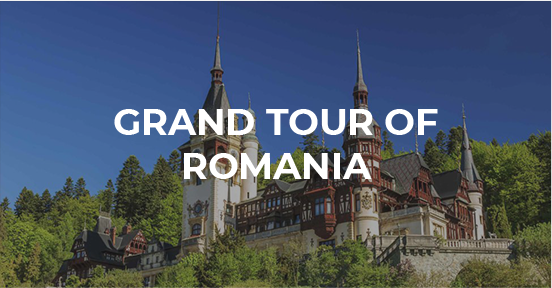
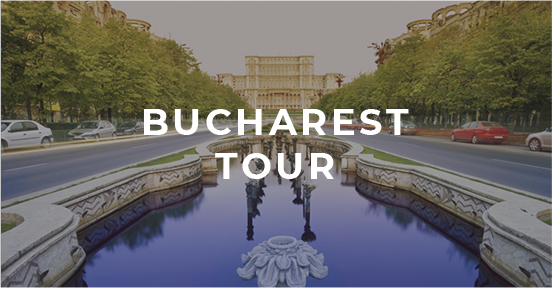




Leave a Reply